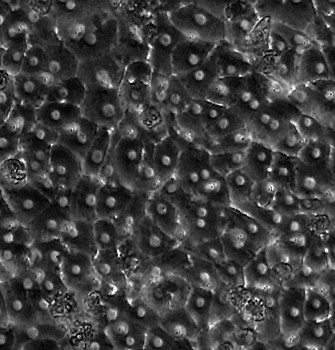Project
Investigating the diagnostic and drug-screening potential of endothelial-to-mesenchymal transition during liver fibrosis.
| Primary Investigator: | Dr Neil Dufton William Harvey Research Institute – QMUL |
| Co-investigator: | Dr James Whiteford William Harvey Research Institute – QMUL |
| Funder: | Emulate/Organ-on-a-chip Network Proof-of-concept Award |
| Project dates: | 29-10-2020 to 29-05-2021 |
| Centre dates: | 01-02-2021 to 01-05-2021 |
The circulatory system is a vast, network of blood vessels. Far from the analogy of blood vessels as inert tubular plumbing: They are highly adaptable, becoming strong and elastic to cope with the beating heart, while forming fragile and porous structures in the liver to filter toxins from the blood. Maintaining these unique blood vessel networks is critical to maintaining the health and function of the surrounding tissues they perfuse. During liver disease, commonly caused by fatty diet, drugs and alcohol abuse liver blood vessels, particularly the endothelial cells that line them, change their characteristics from porous to rigid, eventually resulting in scarring of liver. Liver scarring, termed fibrosis, is the clearest sign a patient will progress towards liver failure currently there are no available drug treatments for patients. It is therefore extremely important that we refine the way we assess patient samples both to discover more accurate signs of disease and to develop new ways to treat patients.
Our research has revealed that endothelial cells, the cells that line all blood vessels, show very early signs of liver fibrosis by undergoing a process called endothelial-to-mesenchymal transition (EndMT). This proposal will assess if we can develop a new way to measure blood vessel fibrosis by analysing EndMT and its effect on surrounding liver cells. The 3D Liver-Chip gives unrestricted access to see how EndMT occurs and what might be the key features that we can target in patients with liver disease. We aim to develop a new technique to see EndMT in real-time and we believe that this can be used to test drugs that can prevent or even reverse EndMT and therefore prevent worsening liver disease and tissue fibrosis.



